Thessaloniki gets ready for its metro launch in November
The underground rapid transit lines have been under construction for almost two decades due to various project delays
 TheMayor.EU logo
TheMayor.EU logo 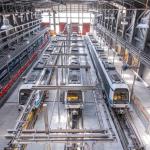
The underground rapid transit lines have been under construction for almost two decades due to various project delays
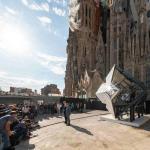
The cross pinnacle on the Tower of Jesus Christ will be ready to receive visitors in 2026 on the centennial of Gaudi’s death

Now you can get your wine in Talence by paying directly in Bitcoin

That’s because the state has to spend money on updating the railway infrastructure rather than subsidizing the cost of the popular pass

Steffen Romstöck said that he would respect the residents’ choice and would take over the helm of the municipality, even if he didn’t run
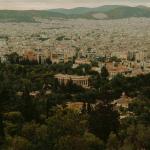
The measure, which will come into force from 1 January 2025, will be partial and temporary…for now

Rethinking renewable energy sources for the urban landscape

But operating them is still illegal under the country’s legislation

The examples, compiled by Beyond Fossil Fuels, can inform and inspire communities and entrepreneurs that still feel trepidation at the prospect of energy transition

Now you can get your wine in Talence by paying directly in Bitcoin

Rethinking renewable energy sources for the urban landscape

The examples, compiled by Beyond Fossil Fuels, can inform and inspire communities and entrepreneurs that still feel trepidation at the prospect of energy transition

The underground rapid transit lines have been under construction for almost two decades due to various project delays

Plus, it has a unique modular design that allows it to be shortened and lengthened like a train

At least, that’s the promise made by the mayor of Paris, Anne Hidalgo
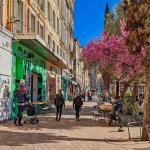
Despite its church-y name, the district has long been known as the hangout spot for the artsy crowds

At least, that’s the promise made by the mayor of Paris, Anne Hidalgo

Hostal de Pinós is located in the geographical centre of the autonomous region

On the eve of the new academic year, the ranking considers several distinct but essential factors
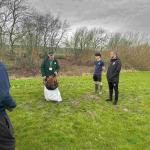
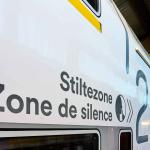
Following a successful trial phase, these quiet areas will now be available on all main routes in the country
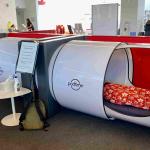
The academic institution shows a deeper understanding of the well-being of its students










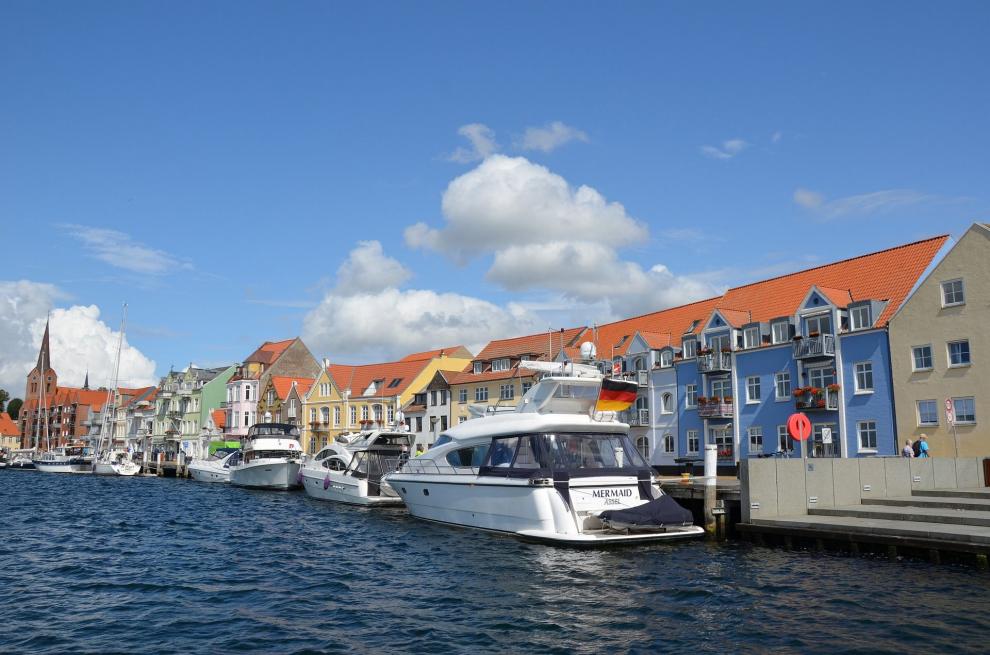
Sønderborg was founded in the mid-13th century around Sønderborg Castle. In 1864 during a Prussian assault on Danish trenches near Dybbøl the city was razed. The Dybbøl Mill, site of heroic Danish resistance, became a symbol of the unity of Denmark. In 1920 Sønderborg was taken by Germany but was returned to Denmark following a referendum on the future of the entire North Slesvig region. 56.2% of the population of the city voted to remain within the bounderies of Germany, while 43.8% voted in favour of ceding to Denmark. Overall, however, the region voted in favour of returning to Denmark by a large margin – nearly 75% to 25%.
Sønderborg is a town and municipality located in the Region of Southern Denmark, near the border with Germany. It is lying on both sides of the narrow Als Sound. It is also a port and seaside resort. In the municipality there are about 75,000 citizens – 28,000 of them live in the city of Sønderborg.
The main goods created in Sønderborg are electronics and agricultural machinery. Sønderborg is home to two of the major industrial companies in Denmark – Danfoss and Linak.
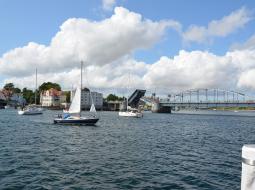
In Sønderborg you can experience the 250km long coastline of the area, where you can try all kinds of water activities, such as sailing, windsurfing, swimming, and angling or just admire the blue ocean.
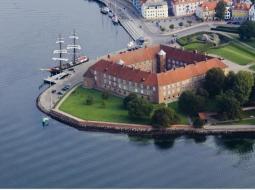
Sønderborg castle is in the centre of the town, and since 1921 houses a museum focusing on the history and culture of the area. The museum is also the home of local and regional history collections spanning from the Middle Ages to the present day. The museum is open all year-round.
Address: Rådhustorvet 10, 6400 Sønderborg